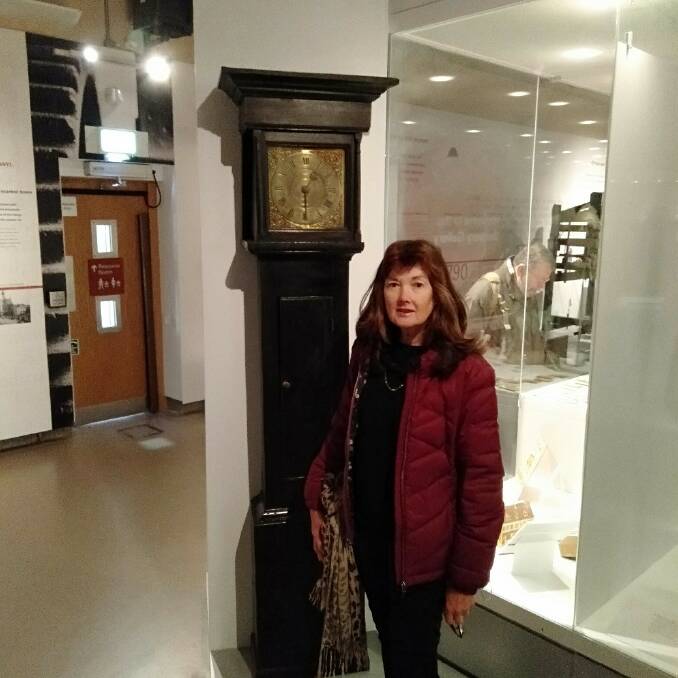Australians aged 65 and over and First Nations people over 50 will be able to get a free shingles vaccination from November 1, 2023.
Create a free account to read this article
or signup to continue reading
About five million people will be eligible for a free Shingrix vaccine under the National Immunisation Program at an estimated cost of $826.8 million.
Immunocompromised people 18 years and over at high risk of herpes zoster infection will also be able to have the vaccination.
Shingrix provides around 10 years of protection and usually costs up to $560 for two injections. It will replace the older vaccine Zostavax which is currently available free for people aged 70 with a catch-up program to age 79.
One in three people will develop shingles at least once in their lifetime. The condition is caused by a reactivation of the same virus that causes chickenpox (varicella zoster virus) which lies dormant in the body. Shingles can cause a painful blistering rash on one side of the face or body that lasts 10-15 days. Shingles on the face can affect the eye and cause vision damage.
Older people are most vulnerable to shingles but it can affect people of any age.
Most older adults in Australia will have been exposed to chickenpox as a child. There is now a vaccine available for children.
Postherpetic neuralgia
One in five people with shingles will develop severe nerve pain known as postherpetic neuralgia that can last months or even years. In some cases, it may be permanent. The risk of developing shingles increases with age and people aged 65 years and over are at highest risk of complications.
Earlier this year the Health Department had announced it would only be providing the Shingrix vaccine free to people aged 70 with no catch up program, however, a meeting of the Pharmaceutical Benefits Advisory Committee recommended dropping the age range to 65 years and over and extending it to immunocompromised people aged 18 years and over.
On a Friday afternoon about four years ago, Wendy Dare from the Gold Coast noticed a bit of a burning pain in her arm.

Over the weekend Wendy developed a rash on her chest and by Monday, fearing she had shingles, Wendy went to her doctor for antiviral medication. But it was a bit late by then as antivirals are most effective if started soon after the rash appears.
The next few months were not pleasant; then aged 64 years, the hospital pharmacist suffered "significant" pain in the area where the rash had appeared and medications prescribed by her doctor didn't help. The only thing that did help was an anaesthetic cream.
"It was a very difficult period for me," said Wendy. "I wasn't getting good sleep, I couldn't wear clothes on the affected area and it was quite debilitating for three of four months. I was feeling really unwell."
Four years later Wendy still occasionally gets pain in the areas where the rash was.
It was a very difficult period for me," said Wendy. "I wasn't getting good sleep, I couldn't wear clothes on the affected area and it was quite debilitating for three of four months. I was feeling really unwell.
- Wendy Dare
"As soon as I was able I went out and got vaccinated against shingles," said Wendy.
Talk to your doctor or pharmacist
"Older Australians will now have free access to the best protection against shingles through one of the most comprehensive and widely available vaccination programs in the world," said Health Minister Mark Butler.
"This investment will ensure nearly five million Australians can get free protection from shingles and the very painful nerve damage that it causes.
Older Australians will now have free access to the best protection against shingles through one of the most comprehensive and widely available vaccination programs in the world,
- Health Minister Mark Butler
"Shingles can be severe, so it's really important that eligible people talk to their GP or pharmacist about getting the shingles vaccine."


